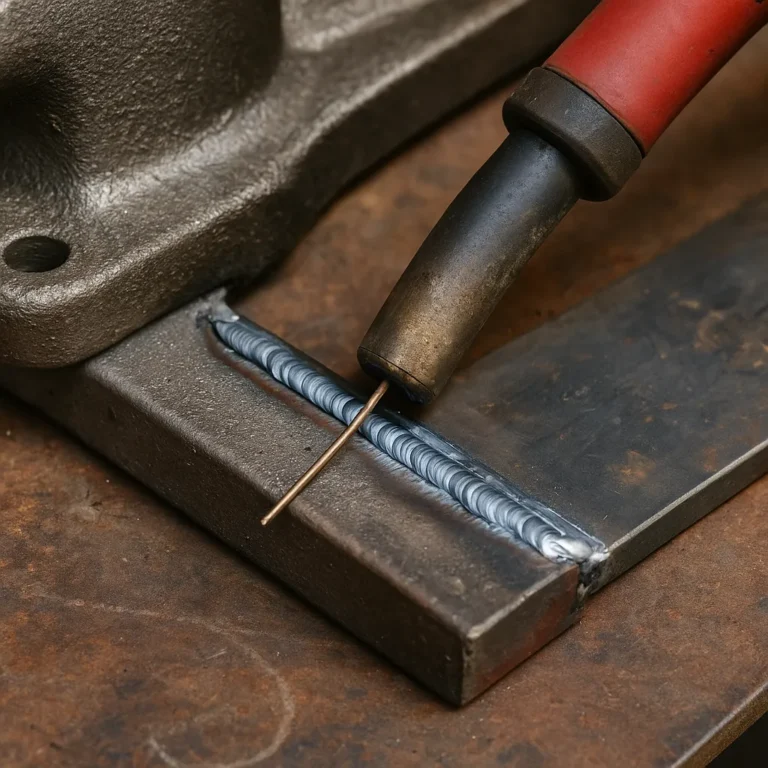Can You MIG Weld Cast Iron to Mild Steel Without Cracking?
Welding cast iron to mild steel isn’t impossible—but it definitely comes with challenges. The two metals behave very differently under heat. Cast iron is brittle and rich in carbon, while mild steel is more ductile and forgiving. To get a solid weld between them, you’ll need the right filler wire, careful prep, and heat control….


